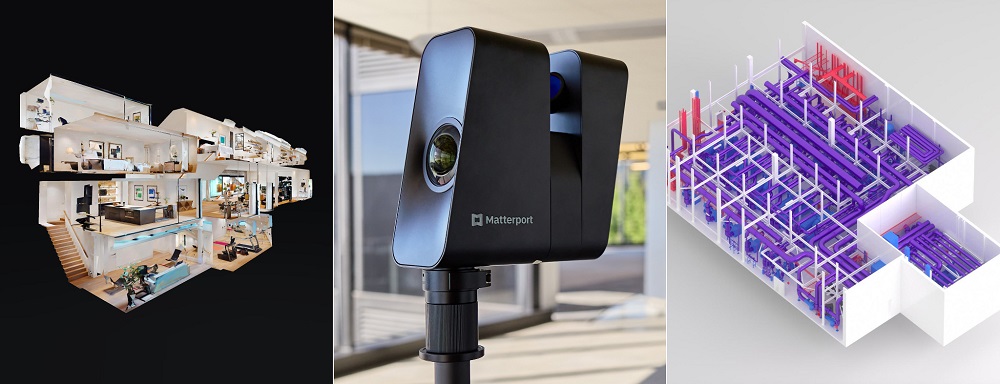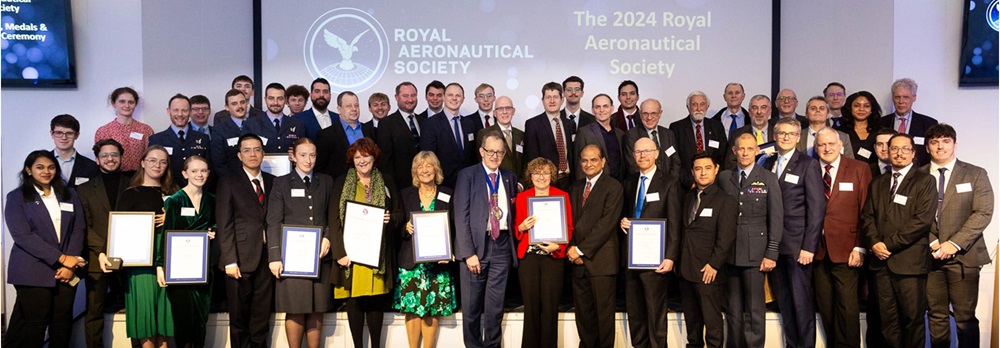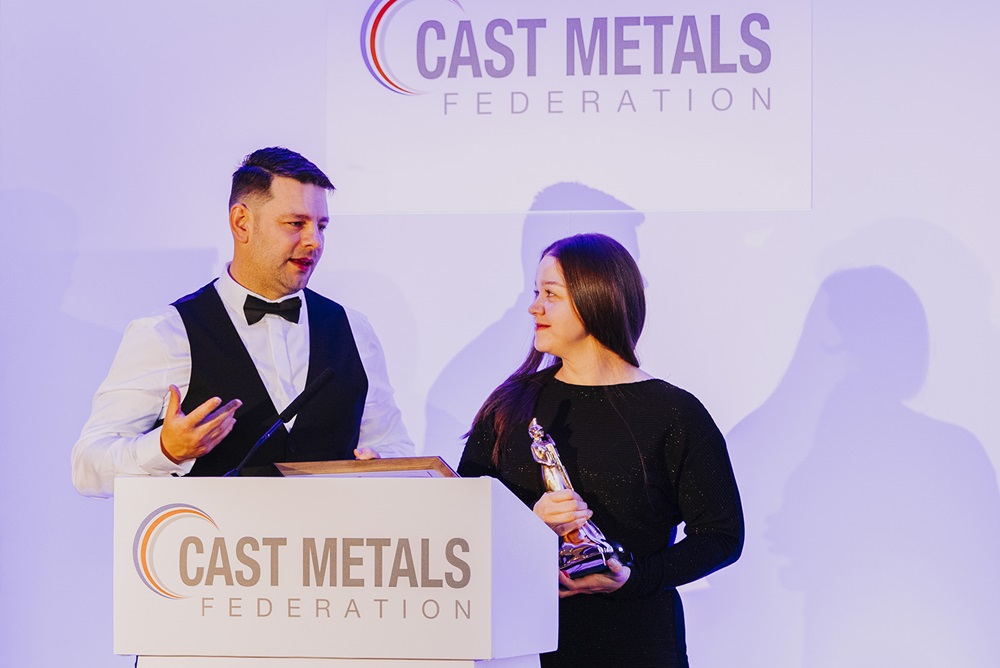Shropshire-based Fabweld Steel Products (FSP) has bought a 15 kW Accurl fibre laser cutter
to increase its production capacity and scope to boost growth. The new machine replaces
the firm’s 3 kW fibre laser, which handled 95% of products at the Telford factory.
“Going forward, the increased speed, capability and capacity will quickly put us on an
upward trajectory towards our full potential,” says FSP managing director Wayne Carter.
The process to decommission the 3 kW laser, remove it, install and commission the Accurl,
train staff and get up to full production capability, was completed at the end of October.
Milton Keynes based Axe and Status Machinery supplied the new Accurl laser. Managing
director Steve Thomas says: “Our objective is to supply quality and reliability at a
competitive price, which allows customers to remain competitive. We have enjoyed a long-
standing relationship with FSP and are pleased to be part of their ongoing expansion plans.”
FSP specialises in the design and manufacture of access covers and other fabricated steel
products for the construction industry, including non-structural and structural applications.
The company is an accredited Real Living Wage employer and is committed to improving
sustainability by investing in green technologies. For instance, a large solar panel system
now powers the factory and the firm’s nitrogen generator. Also in place is a double-fast
electric vehicle charging system, which is available for community use when the factory is
not open at weekends.
More information www.axestatus.com



















